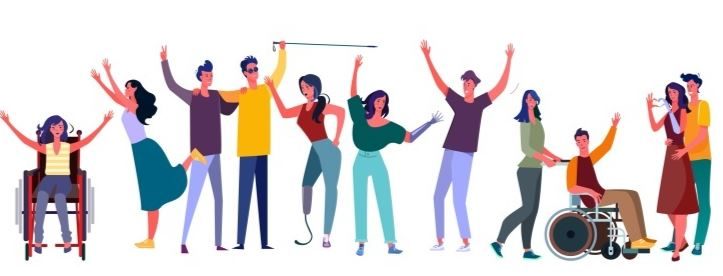|
Message from the Superintendent
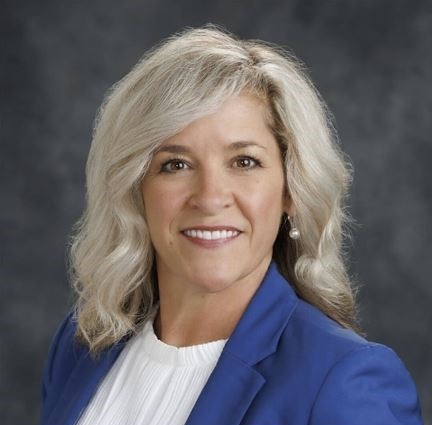 As Superintendent of School District 22, I am honored to serve the vibrant communities of Cherryville, Lumby, Lavington, Coldstream, Vernon, Okanagan Indian Band (OKIB), and Westside Road. In my role as the appointed CEO of the Board, I am dedicated to bringing the goals of the Board’s Strategic Plan to life. A significant part of this commitment is ensuring that every individual can thrive in a learning and working environment that supports the diverse students, staff, and members of the school communities we serve. It is my responsibility to meet the expectations and standards set forth in the Accessible BC Act and other relevant legislation. SD22 continues to be committed to the implementation of the SD22 Accessibility Plan as outlined in the Accessible BC Act. Our plan identifies measurable actions across the pillars of the Act, promoting equal opportunities for persons with disabilities by recognizing, removing, and preventing barriers to access. The SD22 Accessibility Committee, a diverse and multidisciplinary team, meets regularly to reaffirm our commitment to accessibility, identify priorities, and develop action plans that guide our decisions impacting accessibility across the district. Sincerely, Karla Mitchell Superintendent/CEO |
About Our School District Community
Geographically located on ancestral syilx territory in south-central British Columbia, School District 22 serves the communities of Vernon, Coldstream, Lavington, Lumby, and Cherryville, providing excellent educational services to a diverse group of students.

| The area is home to members of the Okanagan Indian Band (OKIB), Métis, Inuit, and Off-Reserve First Nations students. |
The District supports students with diverse needs under the inclusion philosophy. This includes students with both visible and invisible disabilities. We believe that given the right supports all children can reach their fullest potential and we strive to provide this to the best of our ability and resources. Currently SD22 is providing support for over 1600 children with Ministry designated diverse needs. These include children who may have one or more the following:
- Physical Dependence
- Dynamic Disabilities
- Variable Ambulatory Disabilities
- Deaf or Hard of Hearing
- Blind or Visually Impaired
- Moderate to Profound Intellectual Disabilities
- Physical Disabilities
- Chronic Health Impairments
- Autism Spectrum Disorder
- Moderate to Intensive Behavioural Challenges
- Moderate to Serious Mental Illness
- Mild Intellectual Disabilities
- Neuro/developmental Disabilities
- Gifted Abilities
- Learning Disabilities
Our Commitment to Accessibility
 | Accessibility refers to the degree of ease with which people with disabilities can use and enjoy something such as a device, service, or place. At SD22, we are committed to providing an environment that is accessible and practical for all members of our diverse community. We recognize the importance of conscious planning, universal design, and effort in ensuring that barriers are removed, and accessibility is increased. |
“Never About Us Without Us”Our school district is committed to working collaboratively with the community to provide equitable opportunities for people with disabilities in a way that respects their dignity. To achieve this goal, we have outlined the following commitments:
|
Definitions
Accessibility:The state of having programs, services and environments that allow all individuals to participate fully in society without encountering barriers. | |
Accessibility Committee:An official group formed by one or more organizations in collaboration with people with disabilities, to create an accessibility plan and feedback mechanism. | |
Accessibility Plan:A plan developed by an Accessibility Committee that identifies challenges and solutions for addressing accessibility barriers. | |
Barrier:Anything that prevents a person with a disability from fully participating in all aspects of society because of their disability. This includes visible and invisible barriers.
| Types of Barriers:Physical/Environmental Barrier:A barrier resulting from building design, smells/sounds, lighting, the area adjacent to the building, shape of rooms, the size of doorways, and so on. Attitudinal Barrier:A barrier that arises from the attitudes of staff, students and the school community, including discriminatory behaviours and a lack of disability awareness. Communication Barrier:A barrier that arises from difficulties receiving. information in person, by telephone or online, interacting with teachers, peers, receptionists or other staff, and receiving training. Information Barrier:A barrier that arises from inadequate or incomprehensible signage, difficulties reading brochures, forms, manuals, websites, equipment labels, computer screens, and so on Policy or Practice Barrier:Rules, regulations and protocols that prevent a person from performing their job satisfactorily or participating in society. Policy, practice, and procedures that prevent a student from accessing the curriculum and fully participating in the school community. Technological BarrierBarriers resulting from computers, photocopiers, fax machines, telephones, and switches, including the lack of assistive technologies. |
Disability:The state of being unable to participate fully and equally in society as a result of the interaction between an impairment and a barrier.(For more information about disability and types of disability and support, refer to Appendix B: Disability Continuum.) |
Impairment:A physical, sensory, learning, mental health, regulation (emotional or otherwise), intellectual, cognitive limitation, whether permanent, temporary, or episodic. |
GUIDING FRAMEWORK
The School District 22 Accessibility Plan builds on global, national, provincial, and school district specific actions to promote and support accessibility. Further information about each of these contexts and the associated legislative actions is provided in Appendix A.
ComplianceThe Accessible British Columbia Act, enacted in June 2021, and the Accessible British Columbia Regulation, which was brought into force in September 2022, were the catalyst for the creation of the SD22 Accessibility Plan. The Regulation requires all school districts in B.C., along with many other prescribed organizations in the province, to ensure they have the following in place by September 1, 2023:
Further information about how SD22 has met these three requirements is provided in the sections that follow. Our ApproachAt School District 22, we believe that all members of our community have the right to be treated with dignity, given an opportunity to participate, and provided with access to learning and community. Our approach is grounded in the core provincial principles of accessibility, including adaptability, collaboration, diversity, inclusion, self-determination, and universal design. In April 2023, we began the process of establishing an accessibility committee and identifying barriers to accessibility in our school district community. This process involved:
The Accessibility Advisory Committee functions alongside the Accessibility Working Group to identify, remove, and prevent barriers and improve accessibility for persons with disabilities. The Committee reviews feedback received through the district’s public feedback tool and consults and works with the Accessibility Working Group as it develops, updates and creates an implementation strategy for the Accessibility Plan and also responds to imminent/urgent accessibility needs on a case by case basis. The Accessibility Advisory CommitteePurpose of the Accessibility Committee Under the Accessible B.C. Act, organizations must establish an Accessibility Committee to assist with identifying and preventing barriers to individuals in or interacting with the organization. The purpose of the accessibility committee is to work collaboratively to assess and improve community accessibility, focusing on the experiences of individuals with disabilities while encompassing the whole community. The Accessibility Committee also advises the District Administrator/Board on strategies to reduce social, physical, sensory and other barriers that prevent people from fully participating in all aspects of school community life. Accessibility Committee Members Under the Accessible B.C. Act, the selection of accessibility committee members must, to the extent possible, align with the following goals:
Appointments to the Accessibility Committee were held in June 2023 to recruit a diverse representation as outlined above. The Accessibility Committee was formally constituted in June 2023. Current members of the Accessibility Coordinating Committee (2024/25) are listed below. 2024/25 Accessibility Advisory Committee Membership
|
Consultation and Feedback
I. ConsultationBarrier Identification Methodologies The Accessibility Committee are utilized the following methods to identify barriers:
Ongoing Consultation: A contact number and email is listed on the District website for continued input from the public, parents, caregivers, students, and partner groups. |
II. Accessibility AuditAn accessibility audit was completed by an independent company for all of the SD22 physical sites. The data from this audit was used to prioritize identified areas of concern. Areas of high priority include:
|
III. Feedback MechanismSchool District 22 developed an online feedback tool that included a series of questions about accessibility experiences that students, staff and members of the school district community can complete. The tool was posted to the main page of the district website and an information announcement about the tool was provided to students, staff and parents/guardians. Feedback could be anonymous, or people provided name and contact information if they wished to be contacted. The information gained through the online Accessibility Feedback Tool was used to identify current or future accessibility issues. Survey results were monitored and analyzed by the working group and Accessibility Committee. Feedback ResponseIn addition to the public availability of the plan, SD22 will continue to post an annual status report on the progress of the Three-Year Accessibility Plan on this district website. Accessible formats of the plan will be made available upon request. |
How to Give Feedback or Report an Accessibility BarrierQuestions, comments, or feedback regarding the Accessibility Plan may be directed to our committee by using our survey link (https://forms.office.com/r/NEsLzt775V) or by using this QR code: 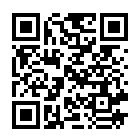
Questions or concerns can also be sent via email directly to: accessibility@sd22.bc.ca
|
Three Year Plan
Collaboration
The Accessibility Committee and the Accessibility Working Group looked at the feedback received through the public consultation during the creation of this Accessibility Plan. Although the Accessible British Columbia Act stipulated that the Accessibility Committee was to be consulted and the Accessibility Working Group create the Accessibility Plan, SD22 sought to ensure the members of the Accessibility Committee were seen as partners in this work. The interaction between the Accessibility Committee and the Accessibility Working Group is a collaborative partnership.
This Accessibility Plan outlines the measures that School District 22 will take to remove and prevent barriers and to promote inclusion for individuals with disabilities in our school district community. The plan will be based on the Accessibility Principles of Adaptability, Collaboration, Diversity, Inclusion, Self- Determination, and Universal Design, as set out in the Accessible B.C. Act, and was completed by June 2024.It is renewed and updated each subsequent year.
Accessibility Priorities
Based on the feedback gathered from staff, parents/guardians, and students, and the Physical and Architectural Environment Audit, the Accessibility Committee has identified the following areas as the top priority for improving accessibility in the school district community.
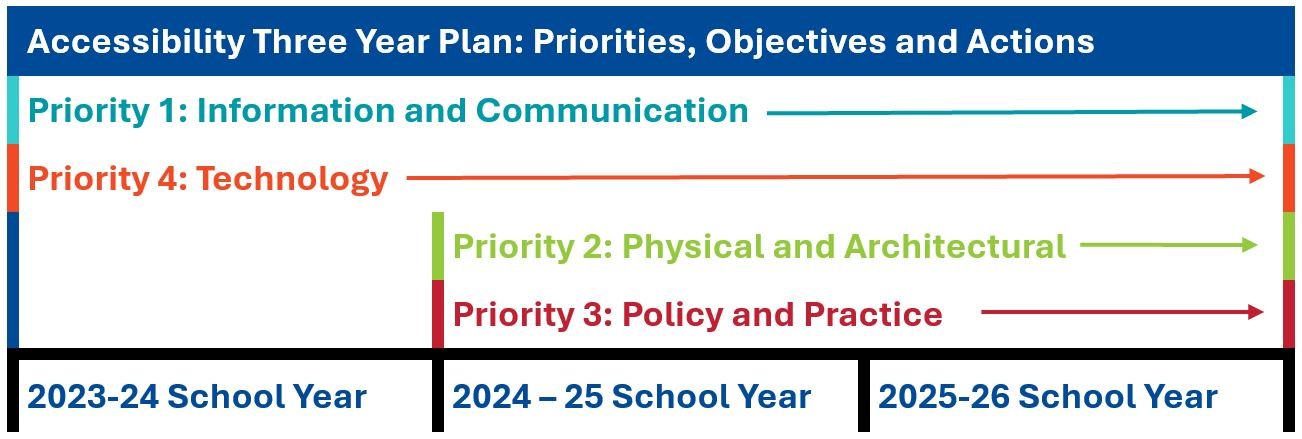
Priority 1: Information and Communication
Priority 2: Physical and Architectural
Priority 3: District Policy and School Practice
Priority 4: Technology
| ||||||||||||
Appendices
Appendix A: BackgroundThe SD22 Accessibility Plan builds on significant prior work at the global, national and provincial levels to promote and support accessibility. A few notable legislative changes and advancements are included below to provide context for the work currently undertaken by SD22.
| ||||||||||||
Appendix B: About the Disability Continuum
The medical model focuses on deficiencies, symptoms and treatments. The World Health Organization's (WHO) 1976 definition for disability, for example, is "any restriction or lack (resulting from an impairment) of ability to perform an activity in the manner or within the range considered normal for a human being." Medical model definitions promote the idea that disability is a deviation from the norm. Many people with disabilities are troubled by definitions that regard disability as abnormal, preferring instead to portray disability as commonplace, natural, and in fact, inevitable. As people age, they experience gradual declines in visual acuity, auditory sensitivity, range of motion, bodily strength and mental powers. Significant functional limitations affect almost half of people between the ages of 55 and 79, and over 70% of people over 80 (World Health Organization (WHO) report titled "Ageing and health", 2015). Beyond middle age, disability is the norm. The environmental model explains disability in relation to social and physical contexts. In this view, the environment, not an individual's medical condition, causes disability. For example, during an electrical blackout, a person who is completely blind can effortlessly navigate around the home, hammer nails, and, if a Braille user, read a novel. A sighted person would be unable to perform these tasks easily, if at all. In this example, the environment disables the sighted person. The environmental model emphasizes that people with disabilities are capable individuals, and it is the barriers in the built and human environments, not their medical conditions, that create disability. Disability occurs when the world is designed only for a certain way of living, without considering the natural variation among human beings. Barriers are created by humans, and modifying how we live, the tools we use, and our understanding of the proper way to do things can eliminate or minimize design problems that cause barriers. Systematic barriers can be eliminated by modifying policies, plans, and processes. Attitudes that cause barriers can be addressed through disability awareness, respect, and positive interactions with people with disabilities. Types of Disability and Functional Limitations A person's disability may make it physically or cognitively challenging to perform everyday tasks such as operating a keyboard, reading a sign, differentiating colors, distinguishing sounds, climbing stairs, grasping small items, remembering words, or doing arithmetic. There are many kinds of disabilities, including physical, sensory, hearing, mental health, developmental and learning. Disabilities can be visible or invisible. Responses to people with disabilities will vary depending on the individual and the relationships that exist between parties.
| ||||||||||||
Appendix C: Suggested References and Resources |
ACCESSIBILITY ADVISORY COMMITTEE TERMS OF REFERENCE
VisionThe vision of School District No.22 is to become a community where all are respected, and each person is encouraged to develop their potential. The Accessibility Advisory Committee (the Committee) will assist the District by ensuring the spirit of the “nothing about us, without us” (David Warner) is at the heart of its work to improve the experiences of people with disabilities. |
MandateThe Accessibility Advisory Committee shall function alongside the Accessibility Working Group (the Working Group) to identify & make recommendations, reduce, and remove barriers and improve accessibility for people with disabilities. The Accessibility Advisory Committee shall review feedback received through the District and shall be consulted in the Working Group’s development and updating of the District’s Accessibility Plan. |
MembershipThe Accessibility Advisory Committee will include :
To the extent possible, the members of the Accessibility Advisory Committee should be selected in accordance with the following goals as detailed in Section 9 of the Accessible British Columbia Act:
The Accessibility Advisory Chair will be the Superintendent of Schools or their designate.
|
Scope of WorkAs detailed in Section 9 of the Accessible British Columbia Act, the Accessibility Advisory Committee shall:
| MeetingsThe Accessibility Advisory Committee shall meet 4 times during each school year (September – June). Additional meetings may be scheduled as needed.
| Reporting
|




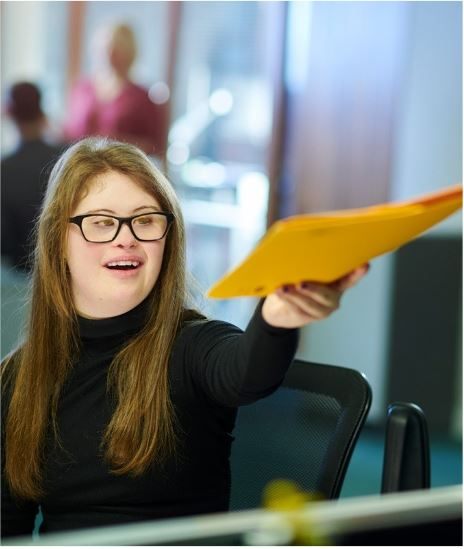
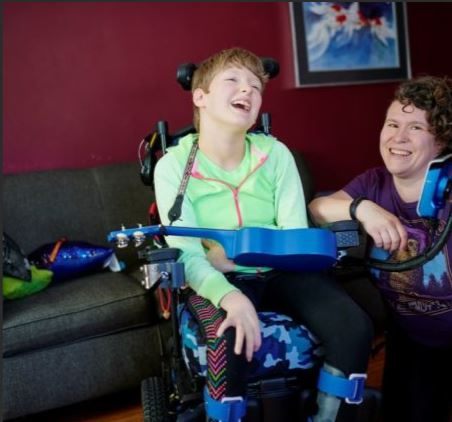 There is no universally accepted meaning for the word "disability". However, the Ontario Human Rights Code provides definitions of disability that form our guiding principles. Definitions of disability can be placed on a continuum. At one end, disability is explained in terms of medical conditions (medical model). At the opposite end, disability is explained in terms of the social and physical contexts in which it occurs (environmental model).
There is no universally accepted meaning for the word "disability". However, the Ontario Human Rights Code provides definitions of disability that form our guiding principles. Definitions of disability can be placed on a continuum. At one end, disability is explained in terms of medical conditions (medical model). At the opposite end, disability is explained in terms of the social and physical contexts in which it occurs (environmental model).
